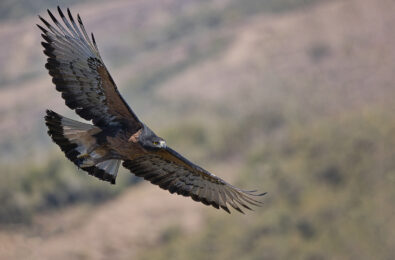Update from 2008 FFN Winner Patricia Medici on tapir conservation in the Pantanal

The Lowland Tapir Conservation Initiative got back from the Pantanal after a fantastic field expedition. In a small team, the main goal of the expedition was to recapture some tapirs in order to retrieve their GPS collars for data download.
“In our expedition we had six captures in two weeks. This is not a lot in terms of number of tapirs, but these were really important captures and recaptures. When trying to recapture tapirs for retrieval of GPS collars we use the darting from a distance methodology. We locate the tapir through the VHF signal (usually during the day, when they are resting in the forest) and try to approach it, and we have to get close enough to be able to dart it. It is a work of patience.
We recaptured two of the monitored females. It had been a long time we had anesthetized, manipulated and sampled Rita and Morena, so these recaptures were excellent opportunities for us. These recaptures are fantastic because we get to check the animals very closely. For instance, our dear Rita is really getting old… we noticed her teeth are really worn down when compared to her last anesthesia two years ago. In fact, she has lost two of her upper front teeth… Morena is much younger than Rita. During her anesthesia we noticed she was lactating… we actually collected a milk sample! A few days after her capture we got camera-trap photos of her with a baby! It is a male and he is about 2-3 months old.
In addition to captures, we collected thousands of camera-trap photos and videos and had tons of data coming in. Other important facts about this expedition include: 1- The initial steps on the establishment of a tapir reproductive study. We are now collecting vaginal cytology from females and getting measurements of testicles for males of different age classes. Dr. Rogério Zacariotti, a Brazilian expert on animal reproduction, is helping us establish this study; 2- We are now running further analysis for some of the infectious diseases we found out to be important for tapirs in the Pantanal, including Leptospirosis and Porcine Parvovirus. We are now trying to isolate the microorganisms for both diseases and during this expedition we collected the first two urine samples for the study of Leptospirosis.”

















